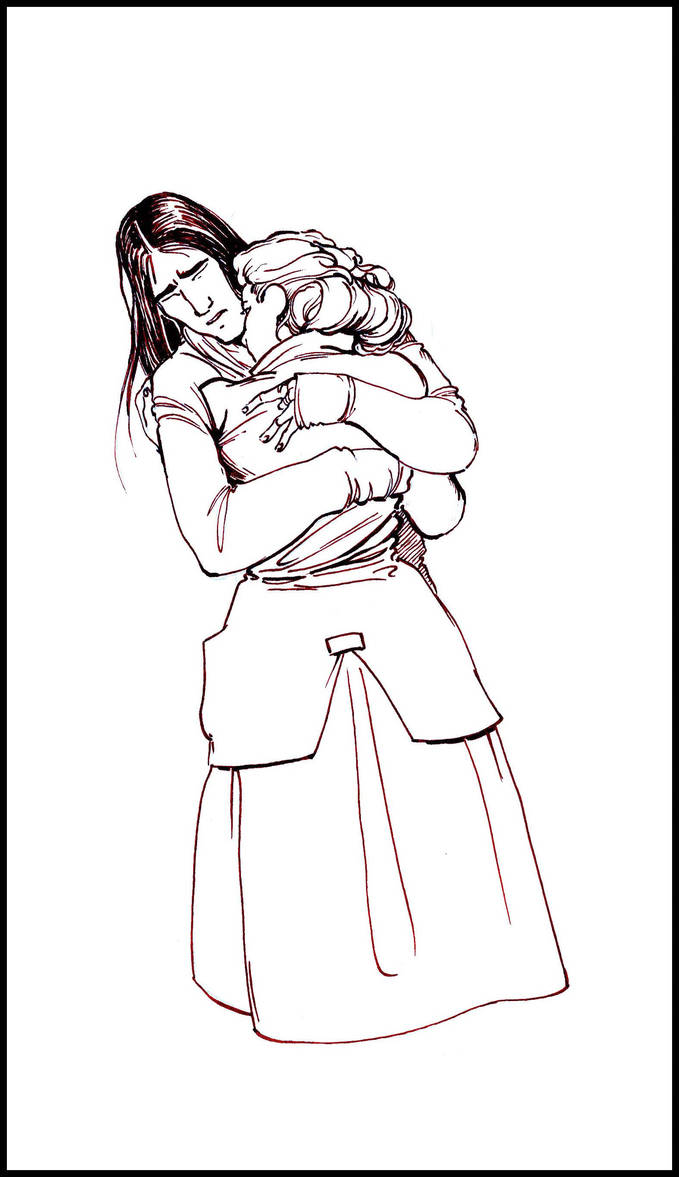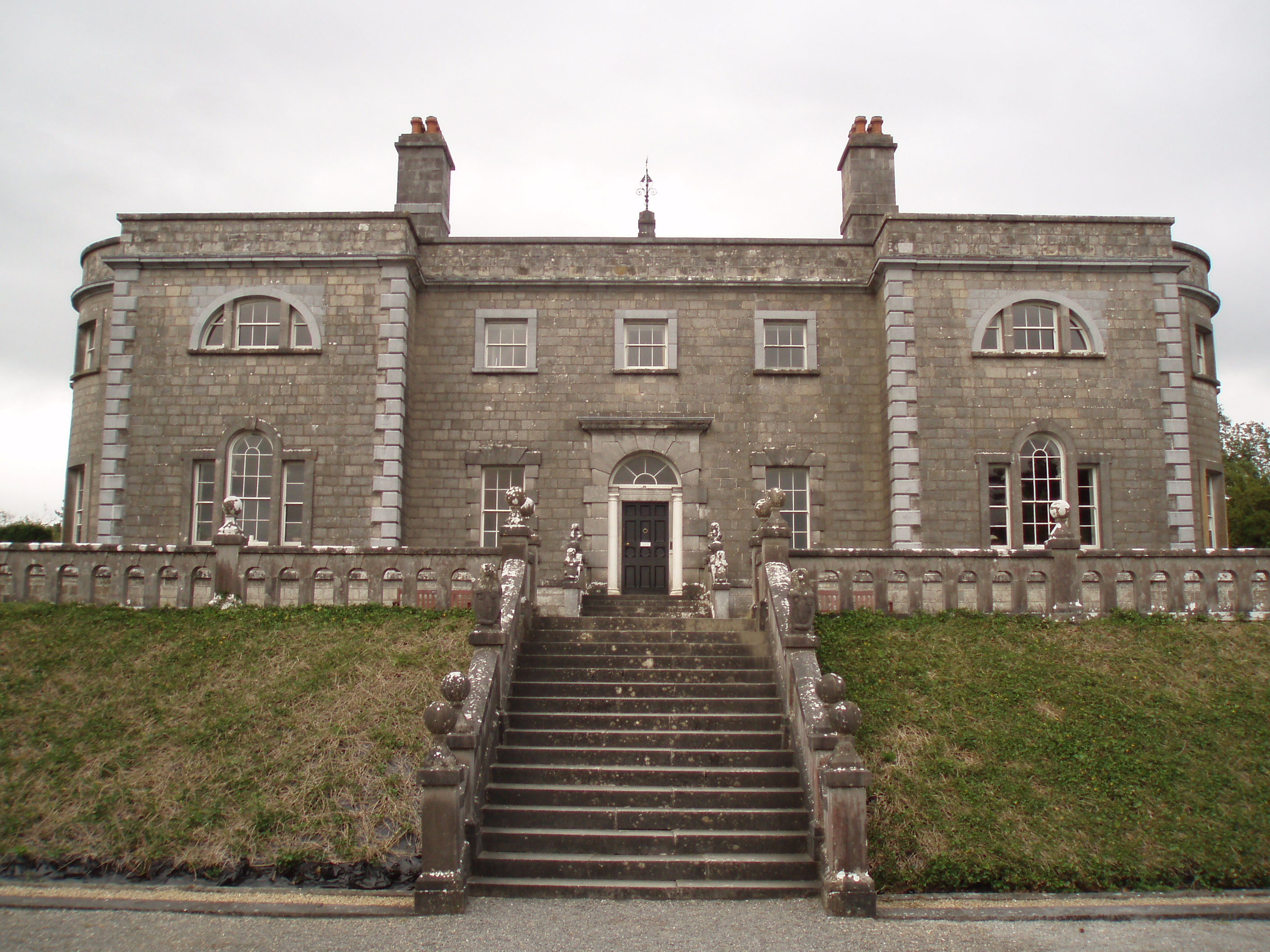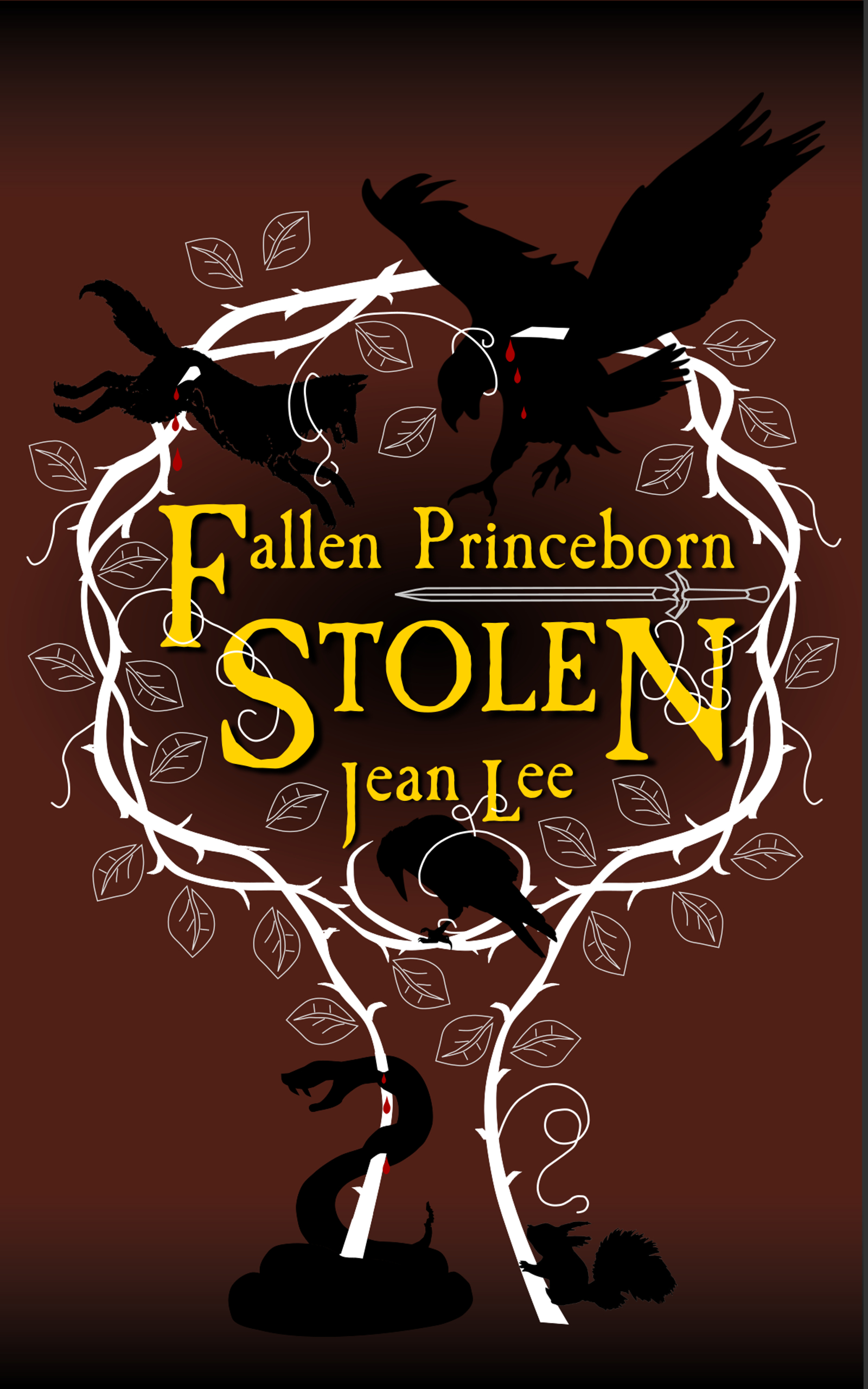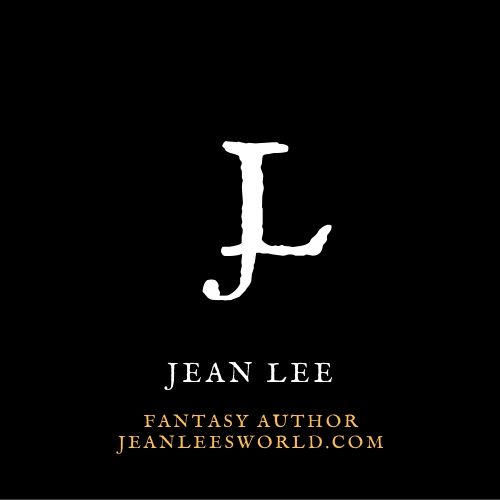
Born in Dublin, Ireland, 1967, Celine has spent the majority of her working life in the film business, and her career as a classical feature character animator spanned over seventeen years, before she became a full-time writer. I am honored to spend this week and next sharing her thoughts on world-building, research, character, audience, and hooks.
First, let’s talk about the imagination behind the worlds. I see on your biography you spent years in film and animation. What drew you to visual storytelling as a profession before written storytelling? How does your work as an animator influence the way you write today?

From the moment I could hold a pencil I was always either drawing or writing. In terms of satisfaction, I don’t think there’s a dividing line between the two disciplines for me. But at different stages in my life one has dominated the other by the simple fact of making me a living. At the age of nineteen I left college for an apprenticeship with the brilliant Sullivan Bluth Studios, and as a consequence of that went on to a 25 year career as a classical character animator (Land Before Time, All Dogs Go to Heaven, Anastasia, etc.). Animation is a great love of mine ( I animated the book trailer for Raggedy Witches and it was tremendous fun)–
*
*
–but it’s not really ‘story telling’ for me. It’s more akin to acting or dancing, where you’re using your skill to enhance or express someone else’s story. To me writing is my true story-telling outlet. You’re god of your own universe in writing. You get to explore the themes you want to explore, with the characters you most want to be with, in a world entirely of your own invention. Its purity has no equal. (I am a compete sucker for graphic novels, though. The combination of pure story telling and visual representation there is intoxicating. One day someone will offer to pay me to sit down and draw up one of my own scripts, at which stage I may just implode with happiness. Until then I get great joy in drawing bookplates and small illustrations for readers who contact me about my stories.)
I love utilizing the world around me as a foundation for world-building, which means Wisconsin’s landscape is a heavy influence in my work. Into the Grey and Resonance are both set in different historical periods of Ireland: the former in the 1970s, and the latter in the 1890s. What logic led you to choose these particular periods for these stories? Are there any pieces of the Ireland around you that helped inspire the settings?

Both Into the Grey and Resonance are set in very specific time periods due to the long and involved back stories which feed into the protagonists’ experiences. Although they are both readable simply as supernatural adventures (Into the Grey is a haunted house tale of ghostly possession; Resonance a story of inter-dimensional aliens and ‘vampiric’ immortal humans) there are deep historical roots to both that not only feed the story, but also the themes that I was exploring as a writer. For instance, Into the Grey explores the divided nature of Ireland’s history and the way our view of our selves and our lives is warped by the stories history tells about us. Resonance explores the value human beings place on themselves and on others, what does it mean to be alive, to be ‘worthy’ in other peoples eyes, etc. These underlying themes are the reason I write in the first place – I write in order to explore the world around me. But I love the stories to be readable as adventures too, to be scary and fun and exciting (in as far as you can ever anticipate what others will find scary and fun and exciting. I’ve found it’s best to just please myself in that respect and hope at least some others will enjoy them too.).

The mansion in Resonance was deeply influenced by the exterior of Belvedere House in Co Meath and the fabulous interior of Bantry House in Cork, in which my son shot the linked video. (Bantry House is not at all spooky, but this video was shot as a specific tribute to Italian horror movies, so it gives the place the exact frantic, off kilter vibe that the I wanted for the later scenes of the book. It even has a dollhouse – though, admittedly, this one lacking a blood soaked four-poster bed!)
Question about your Moorehawke Trilogy: research. Clearly you did your share of research on medieval life to transport readers into the castle’s kitchens and secret passages. Ugh, that research! I know some writers love the research—friend and author Shehanne Moore does a ton of research for her historical romances, whereas I only research when I have absolutely no other choice. Now granted, that’s partly because I just want to write and work out the nitpicky things later, but the other part is that I get so overwhelmed in the data I can’t decide what details are necessary for the narrative’s clarity and what’s minutiae. Can you share some tips on how to research productively and selecting the best details to ground your readers in the setting?
I usually have a book in my head for a long time before I start writing it. For example, when my first agent took me on I was just finishing up writing The Poison Throne, the first of the Moorehawke trilogy. I still had to clean up draft one of Crowded Shadows and still had to write all of Rebel Prince. There was years of work ahead of me on Moorehawke (taking into account editing etc.) but I arrived at the agent’s with a biography of Harry Houdini in my hand, my reading material at the time. I’d already consumed many books on the history of the American slave trade and was nibbling away at websites and articles about the history of Jewish persecution in Europe. I knew that all of these things would feed into the characters and setting of Resonance, which was the book I planned to write after Moorehawke.

If memory serves me, it would be at least two years before I started draft one of Resonance, but at that stage I would have had over three years of historical research floating around in my head. I do this with all my books, this years of reading before writing. It means that when I start to write, my story and characters are already pretty firmly grounded in a time, place and setting. They live for me already. So, in a way, it feels like I’m writing about contemporaries. I’m used to the world they live in, and the relevant details settle naturally into the narrative. As I write then, it will be small things that need clarifying – was that type of knife available then? Did they eat that kind of bread? Would they have had access to carriages, to time pieces etc. etc. – and those things only crop up in the narrative if they’re important to the scene. You can quickly check them and move on with the story.
I do the same with all my novels (at the moment – while writing the Wild Magic trilogy – I’m consuming biographies from the 1700s, trying to understand the lifestyle and mindset of the people I hope to populate a future novel with.).
Don’t forget too that editing is a writer’s best friend. You should feel free to put as much useless trash into the first draft as possible. If it makes you happy or interests you, put it onto the page. You can always cut it later (as I’ve got more experience, I’ve learned to cut more and more. I’m far more spare a writer now than I was at the beginning.)
Another element in The Moorehawke Trilogy I LOVE is your world-building. You base the world in an alternative medieval Europe, where cats can talk to people and ghosts are common to see, but religions such as Christianity and Islam have a strong presence. You also explained much of the inner workings of castle life without making readers feel like they had wallowed into info dumps. Exposition can be such a dangerous line to walk in epic fantasy—how on earth did you craft those paragraphs to help readers learn your world without slowing down the narrative?

Thank you, that’s so nice of you to say. I do feel that one person’s excruciatingly slow narrative is another person’s meaty delight, so I think the best approach is to write as you like to read and try and be honest to that. However, it’s a good idea to ask yourself in edits whether the information is truly important to the story itself – whether it furthers the readers understanding of the characters, or the plot; or whether it nudges them deeper into the mood or atmosphere of the scene. If it does any of those things, then it’s working for you and you might consider keeping it. Get honest beta readers too – people who will tell you where and when the story has begun to slow or drag for them. Try and get a few of them. If they all tell you that a specific portion of the narrative is a slog for them, then you need to consider cutting a little deeper or refocusing. Make sure the narrative is telling the reader something new or important, and that they feel rewarded by the read.

Stay tuned next week for more from Celine Kiernan! Now pardon me while I, an 80s child raised on Bluth films, fan-girl squeal for the next several hours. To meet a storyteller of powerful fiction who also helped create the visual stories from my own childhood is soooooo awesome! EEEEEEEEEEEEEEEEEE!
Ahem.
Time to be professional.

I’ve more thanks to share with wonderful indie writers who took time to talk to me about my novel, Fallen Princeborn: Stolen.
+ Writer and Environmental Lawyer Pam Lazos shared such a lovely interview–I blushed when she called me “a writer’s writer!” Thanks, Friend!
+ Young-Adult Sci-Fi Author S.J. Higbee wrote both an interview and book review. Thank you SO much!
+ Writer and fellow Wisconsinite Jon also wrote both an interview and book review, and on top of shepherding a church, too! You’re too kind.
These are talented writers with stories of their own to tell, so I hope you check them out. Please be sure to share your own thoughts on Stolen or my FREE collection Tales of the River Vine on Goodreads or Amazon–I’d love to hear what you think. 🙂
Read on, share on, and write on, my friends!


Read the first book of the Wild Magic series. Enjoyed it. You have reminded me to check out her other books. Thank you.
LikeLiked by 1 person
You’re most welcome! I’m excited to read Begone the Raggedy Witches. Don’t tell me any spoilers! 🙂
LikeLike
I love hearing about how other writers (more experienced than myself) approach world-1building and research. Thank you so much for sharing!
LikeLiked by 2 people
And I thank you for reading!
LikeLiked by 1 person
A most fascinating read into the mindset of writing. Methinks Ms Celine should apply her world-building abilities to this realm we live in…Planet Earth could do with a little reinvention. Best wishes to both you and your guest, Ms Lee.
LikeLiked by 1 person
I agree! I love how she’ll keep certain elements I don’t expect, yet take humdrum ones I wouldn’t pay attention to and twist magic into them. Cracking reads I highly recommend. 🙂
LikeLiked by 1 person
A great interview – I read The Poison Throne back in 2015 and gave it 10/10 – I must track down the rest of this series. And many thanks for the kind shoutout, Jean:)
LikeLiked by 1 person
The least I can do for all your lovely shout-outs for me! And I’m glad you enjoyed the interview–I’m hoping Christmas will FINALLY allow me some reading time with Raggedy Witches… 😉
LikeLiked by 1 person
Always a pleasure:))
LikeLiked by 1 person
Reblogged this on All Things Moorehawke and Otherwise.
LikeLiked by 1 person
“I write in order to explore the world around me. But I love the stories to be readable as adventures too, to be scary and fun and exciting (in as far as you can ever anticipate what others will find scary and fun and exciting. I’ve found it’s best to just please myself in that respect and hope at least some others will enjoy them too.).”
Hi Jean. Real good interview. She’s a very thoughtful person, as the above quote shows.
LikeLiked by 2 people
Thank you! I was so thrilled she didn’t mind me poking her brain with craft questions. 🙂
LikeLiked by 1 person
Great interview with wonderful advice and insights. My favourite is ‘I think the best approach is to write as you like to read and try and be honest to that.’
LikeLiked by 1 person
Thank you! And yes, this is a lesson I’m learning, too. 🙂
LikeLiked by 1 person
Reblogged this on lampmagician.
LikeLiked by 2 people
Lovely interview. Always like to read about other writer’s processes. — Halfway through Fallen! Book review to follow. And thanks for the shout out, JL! :0) ox
LikeLiked by 1 person
Always happy to spread the word about another writer’s awesomeness! 🙂
LikeLiked by 1 person
🙏😘
LikeLiked by 1 person
💖
LikeLiked by 1 person
Thank you!
LikeLike
Phew, that was comprehensive, and so useful. Love the animations and the illustrations, how i wish i could draw. Even without all the fascinating insights into the background, I’ve been hooked.
And, thanks for the discussion on the variations in research attitudes and approaches. It’s so useful to see how others approach what can be an incredibly time-consuming and dangerously obsessive task.
LikeLiked by 1 person
And I thank you for reading! Yes, this research thing sounds like it can be such an easy time trap, yet clearly it can work to a writer’s advantage if that research helps see/think/write in that time and culture.
LikeLiked by 1 person
Nice author spotlighting. What a great talent she has shared with the world. There is something special about Irish writers. Their imaginations never cease. This share is truly an inspiration for all writers. Thanks!
LikeLiked by 1 person
Thank you for reading it!
LikeLike
Pingback: #Author #Interview: #indie #writer @jdstanleywrites talks #writing #scripts, #reading #magic, and the power of a #storyteller’s #imagination | Jean Lee's World
Pingback: Now the #Witches Chase Us in This #Podcast: Begone the Raggedy Witches by @Celine_Kiernan | Jean Lee's World